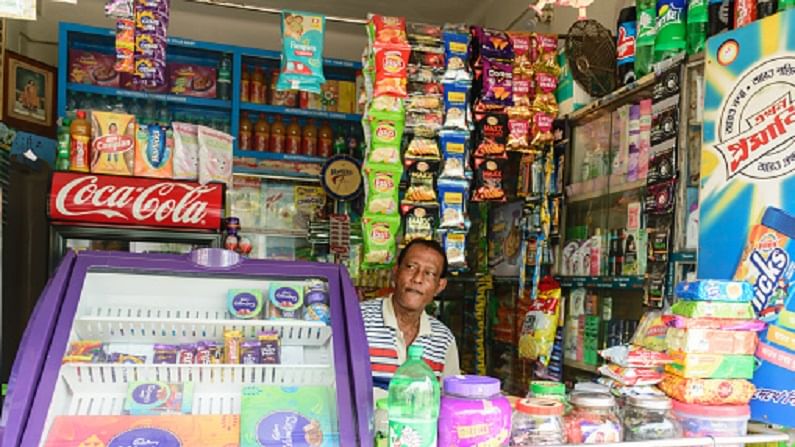Rural markets finally consuming FMCG items faster than urban markets
The situation was completely different before the pandemic struck. Rural demand was rising twice as fast as the urban areas. But it decelerated in cities last year until the October-December quarter, when it was recorded at 5.8%. Demand in the urban areas, in contrast, expanded at 6.8%.

Signalling a probable recovery in demand from the rural sector, market research data suggest that people in the villages are buying more fast-moving consumer goods than in cities and towns – a phenomenon witnessed for the first time in almost three years, The Economic Times has reported.
The rural markets recorded a rise of 6.5% by volume in the successive months of December and January, and by 11.1% in February, NielsenIQ data show. The demand in urban markets has remained subdued in comparison. Data indicated that it rose by 6.1% in December, 4.7% in January and 8.7% in February.
Tepid rural demand has been a concern for marketers and policymakers alike, impacting overall growth in the past few years – a trend that became pronounced till November 2023. The last time rural sales were higher than cities in March 2021.
“We are observing that the growth rate gaps between urban and rural are narrowing down from 4-6% to 1%,” said Roosevelt Dsouza, head of customer success, India, NielsenIQ.
“We have seen demand from the hinterland return to growth trajectory in the third quarter. We have been investing ahead of the curve in expanding our rural footprint, (growing it) by 17,000 villages in the current fiscal, from 1-1.2 lakh,” Mohit Malhotra, CEO of Dabur, told the newspaper. The Dabur boss remarked that rural demand exceeded urban demand by 2 percentage points in October-December.
The situation was completely different before the pandemic struck. Rural demand was rising twice as fast as the urban areas. But it decelerated in cities last year until the October-December quarter, when it was recorded at 5.8%. Demand in the urban areas, in contrast, expanded at 6.8%.
“Rural markets benefited from a good harvest this time and also had lower base last year. After price cuts by most companies, we see bigger national players regaining share from regional and local companies, allaying concerns, especially in rural markets,” Krishnarao Buddha, senior category head for marketing at Parle Products, told the newspaper.
Many consumer goods companies increased prices by more than 25% in the past two years to pass on pricier raw materials, supply chain expenses and energy costs. The cost inflation began with the pandemic but was stoked by Russia’s invasion of Ukraine.
In February, Sudhir Sitapati, MD of Godrej Consumer Products had said, “Rural demand has seen some pick-up. But we need to see a sustained jump for a few quarters to say demand recovery or green shoots are in sight.”
The rural markets which account for nearly 40% of the demand in the FMCG market, suffered a 3-5% drop in demand during the year to December due to inflation and an erratic monsoon.
Over the past three quarters, businesses have been cutting prices amid lower inflation and consumers moving down to cheaper products. Companies admit there has been an overall recovery sequentially, with some green shoots in rural markets, but they need to see a longer and sustainable demand.